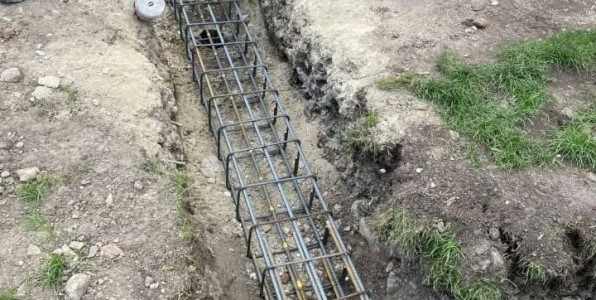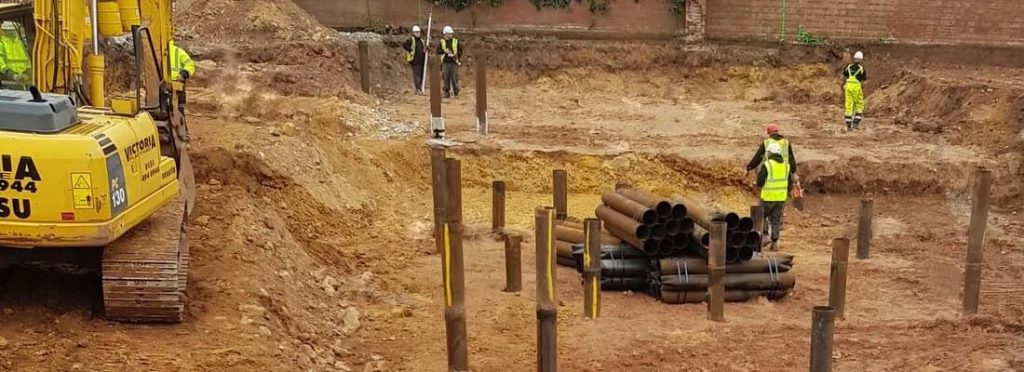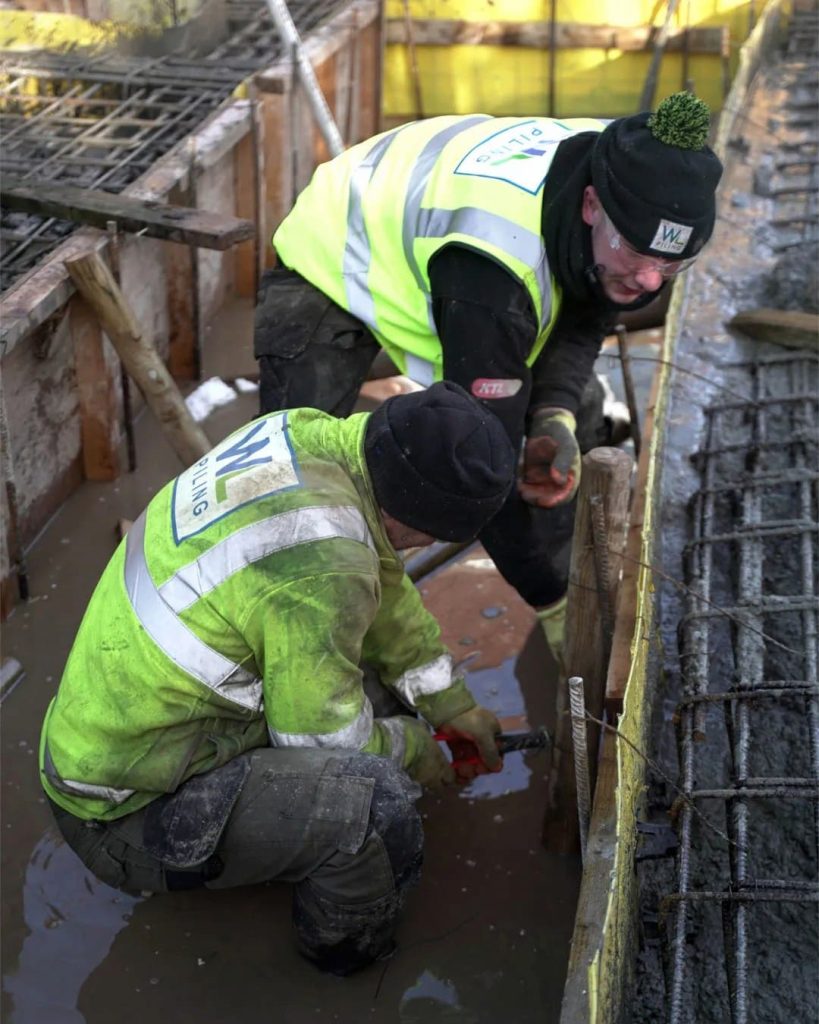Understanding Pile Foundations and the Mechanics of Mini Piling

Understanding Pile Foundations and the Mechanics of Mini Piling
The post Understanding Pile Foundations and the Mechanics of Mini Piling appeared first on UK Construction Blog.
The foundation of any structure is a critical element that ensures stability and longevity. Among various foundation types, pile foundations play a crucial role in supporting structures, especially in areas with challenging soil conditions. Mini piling, a specialised technique within the realm of pile foundations, has gained popularity for its adaptability and efficiency. In this article, we will delve into what pile foundations are, explore the concept of piling, and unravel the workings of this innovative foundation method.
What are Pile Foundations

Pile foundations are deep structural elements that transfer the load of a building or structure to a more stable soil or rock layer below the surface. This type of foundation is employed when shallow foundations, such as spread footings, are inadequate due to weak or inconsistent soil conditions. Piles come in various materials, including concrete, steel, and timber, depending on the specific requirements of the project.
The primary purpose of a pile foundation is to distribute the structural load vertically, preventing excessive settlement and ensuring the stability of the entire structure. The choice of the appropriate pile type depends on factors such as soil composition, depth to the stable layer, and the magnitude of the loads the structure will bear.
Mini Piling Tailoring Foundations to Site Constraints
Mini piling is a specialised technique within the broader category of pile foundations. As the name suggests, it involves the installation of smaller-diameter piles, usually ranging from 150mm to 300mm. This method is particularly useful in sites with restricted access or space limitations where conventional piling equipment may struggle to operate.
One of the key advantages of piling is its adaptability to various soil conditions. The smaller diameter allows for precision in navigating through challenging soils, including dense or cohesive materials. Additionally, piling equipment is more compact, making it suitable for projects in urban areas with limited space.
How Mini Piling Works
Mini piling follows a systematic process that involves several key steps:
Site Investigation:
- Before commencing with mini piling, a thorough site investigation is conducted to understand the soil composition and determine the appropriate pile type and length.

Pile Installation:
- Mini piling involves driving or drilling piles into the ground to reach the stable stratum below. The piles can be made of materials such as steel or concrete, and the installation method varies based on factors like soil type and project requirements.
Grouting (if applicable):
- In some cases, grouting may be employed to enhance the load-bearing capacity of the piles. This involves injecting a cementitious grout into the soil surrounding the piles, creating a reinforced column.
Testing and Load Verification:
- After installation, the integrity and load-bearing capacity of the mini piles are rigorously tested to ensure they meet the design specifications. Load tests may involve applying incremental loads to assess the response and performance of the foundation.

Foundation Construction:
- Once the mini piling process is complete and the piles are confirmed to meet the required standards, the foundation construction can proceed. The structure is then built on the stabilised mini piling foundation.
Conclusion:
In summary, pile foundations, with mini piling as a specialised subset, play a pivotal role in ensuring the stability and longevity of structures. WL Piling covers the northwest area offering Manchester Piling services to help any construction company with any piling solutions.
Comments are closed